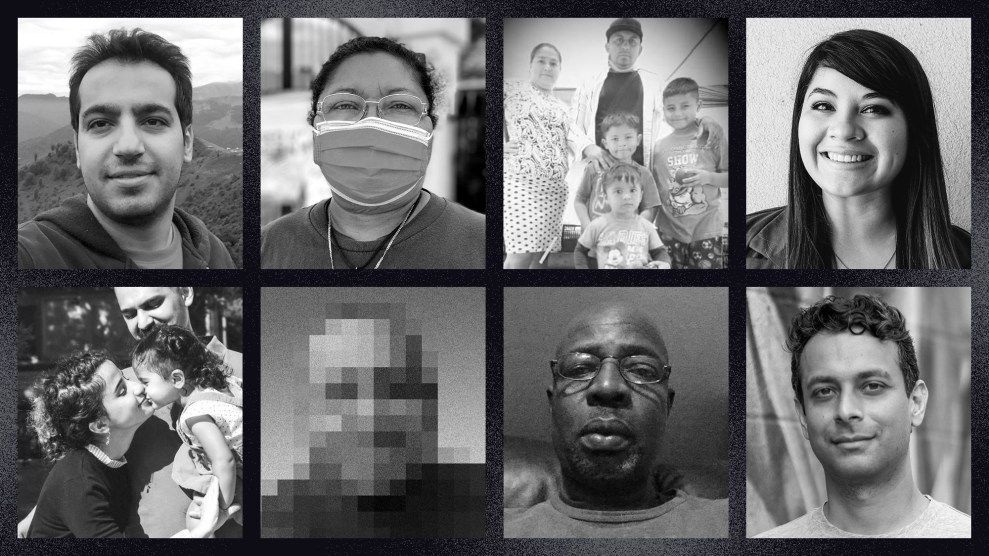For nearly two years, migrants heading for the United States camped just a few meters from the border in Matamoros, Mexico, waiting to enter. Immigrant advocates described the situation as a humanitarian crisis formed as a result of the Trump administration’s harsh policies, and the camp at Matamoros became an emblem of that policy.
President Joe Biden has put an end to Trump’s “Remain in Mexico” policy, and has recently started to allow migrants to enter the US while they wait for asylum hearings, but it will still be impossible to repair the damage immediately. The Matamoros camp was in fact dismantled this month, and most of the people staying there were able to cross the border. Yet there are still thousands of migrants who are not able to cross—and people are still being deported daily.
I first went to Matamoros in February 2020. I saw living conditions there that were deplorable, unsanitary, and inhumane. Women, children, seniors, men, and entire families were living in the camp, some for more than a year.
When I went to document the camp for the second time September 2020, I went with the idea of collaborating with the people there—working together creatively. But I wasn’t sure how this was going to be done—especially because the second visit was during the pandemic.
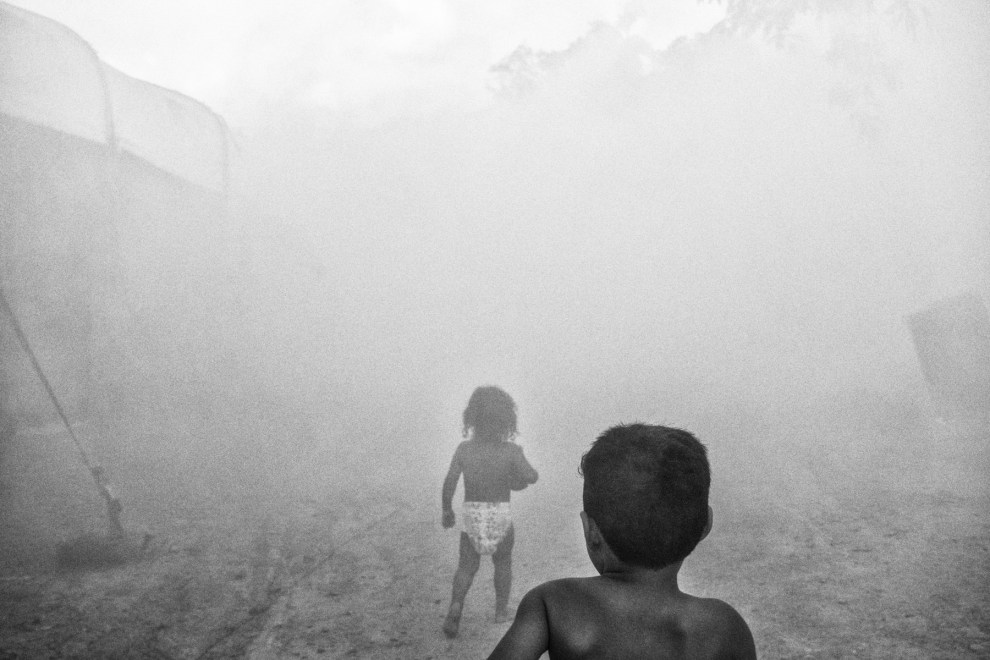
The conditions there had changed a lot; the Mexican immigration authorities had fenced off the entire camp, access was highly restricted, and migrants were often not allowed to leave. Adapting to these challenges, while taking COVID-19 precautions, I changed the way I approached people in Matamoros. After introducing myself, I would give them a voice recorder so they could tell their stories and then I would return after an hour or so. I didn’t know what they had said to the recorder until I arrived back at my hotel and listened to the audio. The result was illuminating. As Marta, traveling from Honduras, explained in her recording:
“I am with my 3-year-old boy. I came from my country in part because of the gangs, and also because of the economy—there is no work.
My trip was hard. I slept in the mountains, I was bitten by animals and insects, I walked the mountains, the hills, and my feet got sores. I came here for the second time because the first time I was deported—they caught me in Monterrey. I returned, and I have hope and faith in God that I can cross the border because I have five children to help. I am a widowed woman.
I got [to Matamoros] and I’m still in the same situation. Life here is not easy, I don’t have anyone to help me. To survive, I make things to sell. I make donuts, empanadas, and go on with life. I have been here at this border for 13 months. Here we have suffered a lot from the cold, from not being able to sleep, the fear that we are going through from so many tragedies.”
I also started taking photos of the people and the camp, then getting them printed at a local copy shop. I then brought the prints and some magic markers back into the camp, and people—children, women, men, and elderly people—chose the photos they wanted to color and colored them as they wanted. Some wrote messages, others expressed their feelings. “I am Josué, I am 10 years old and I am living here in the camp, I feel very sad because I am worried because it rains a lot and the tents are not safe and we are exposed to many dangers,” one child wrote on the back of a photo. “I have been here for 6 months with my mom. I dont want to be here, my dream is to be with my family in the United States.” People asked me for more photos to color, so we did this for three days. When they were finished, they told me that this activity was therapeutic and cathartic for them—it brought them together.
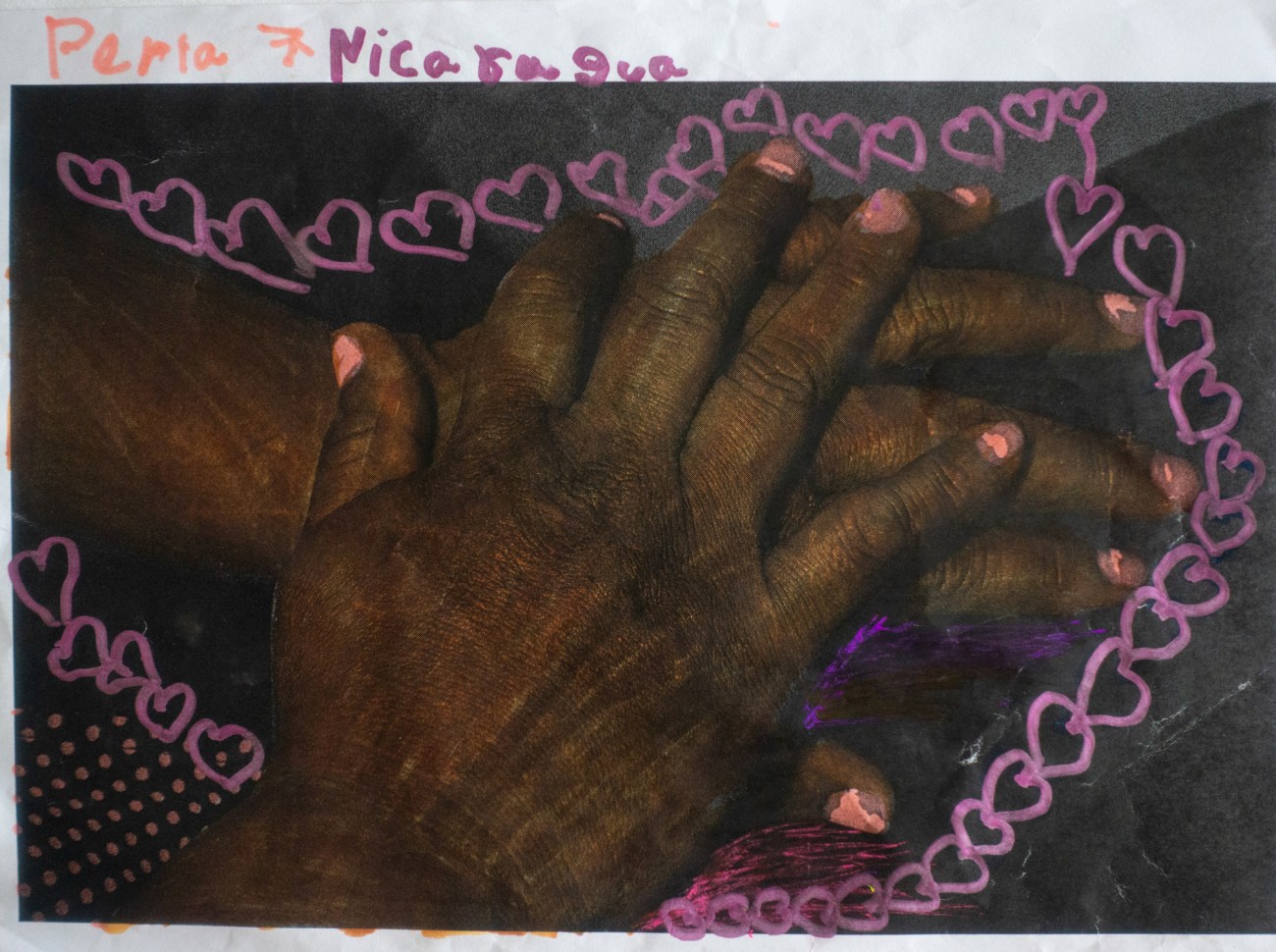


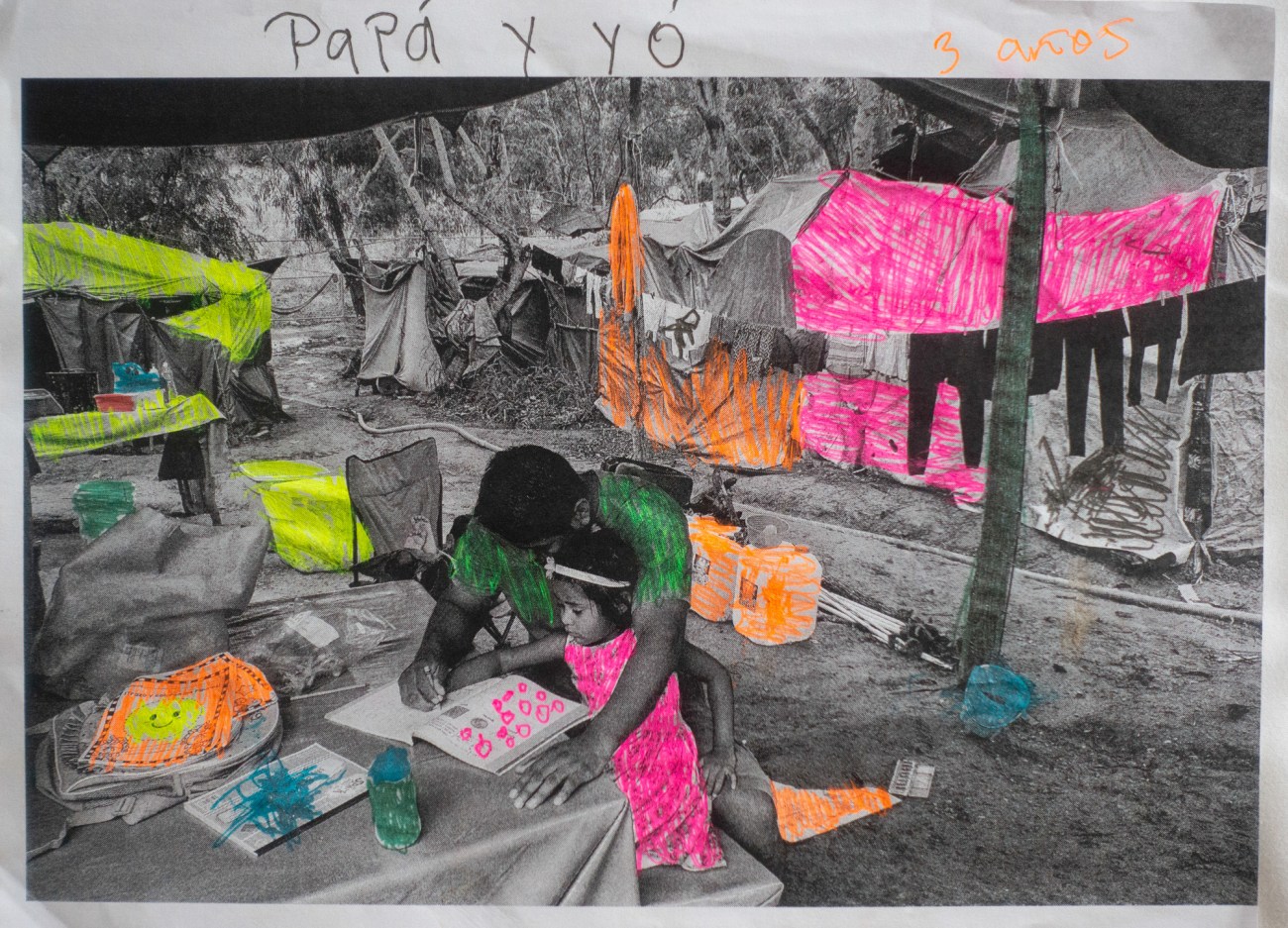

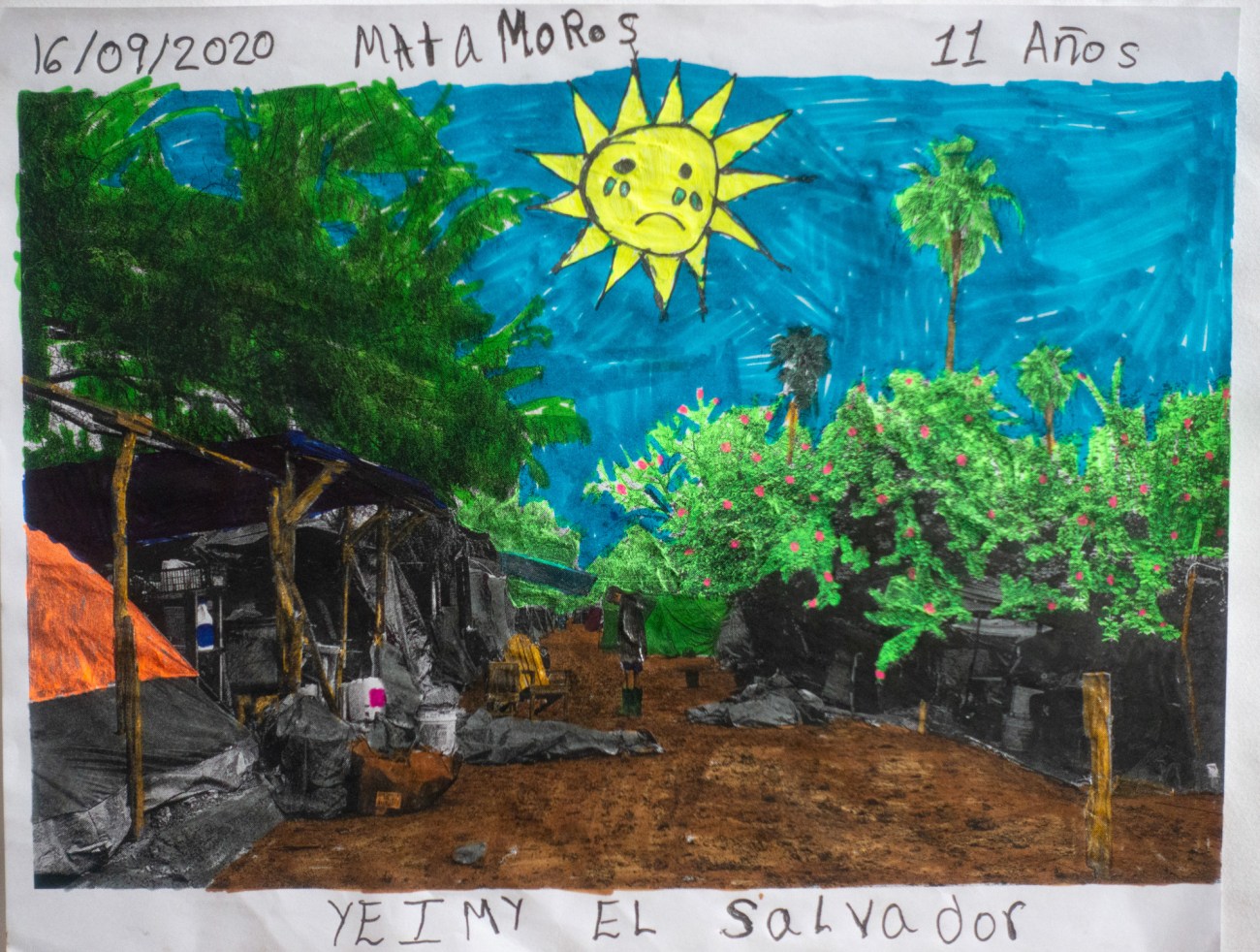



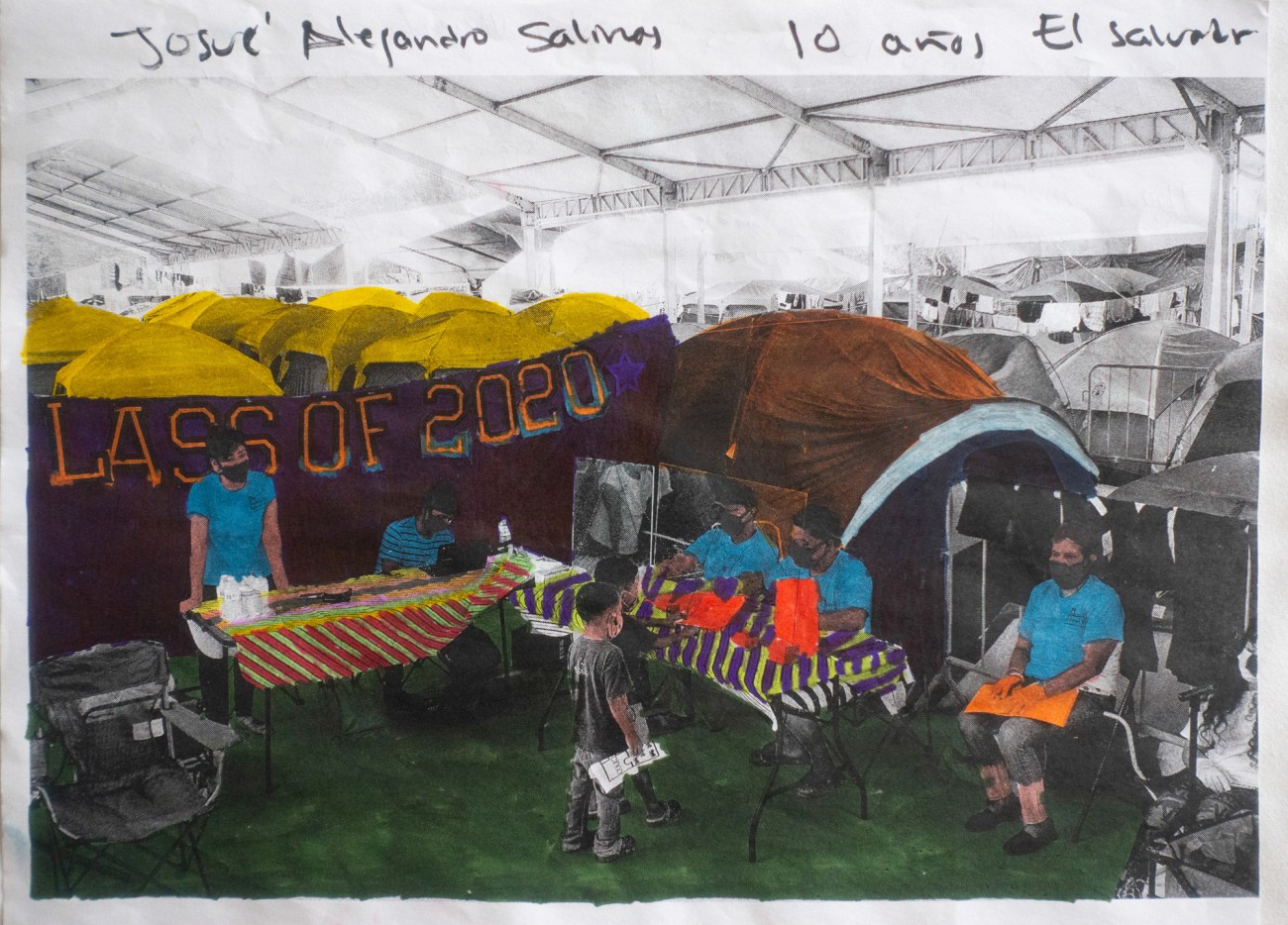
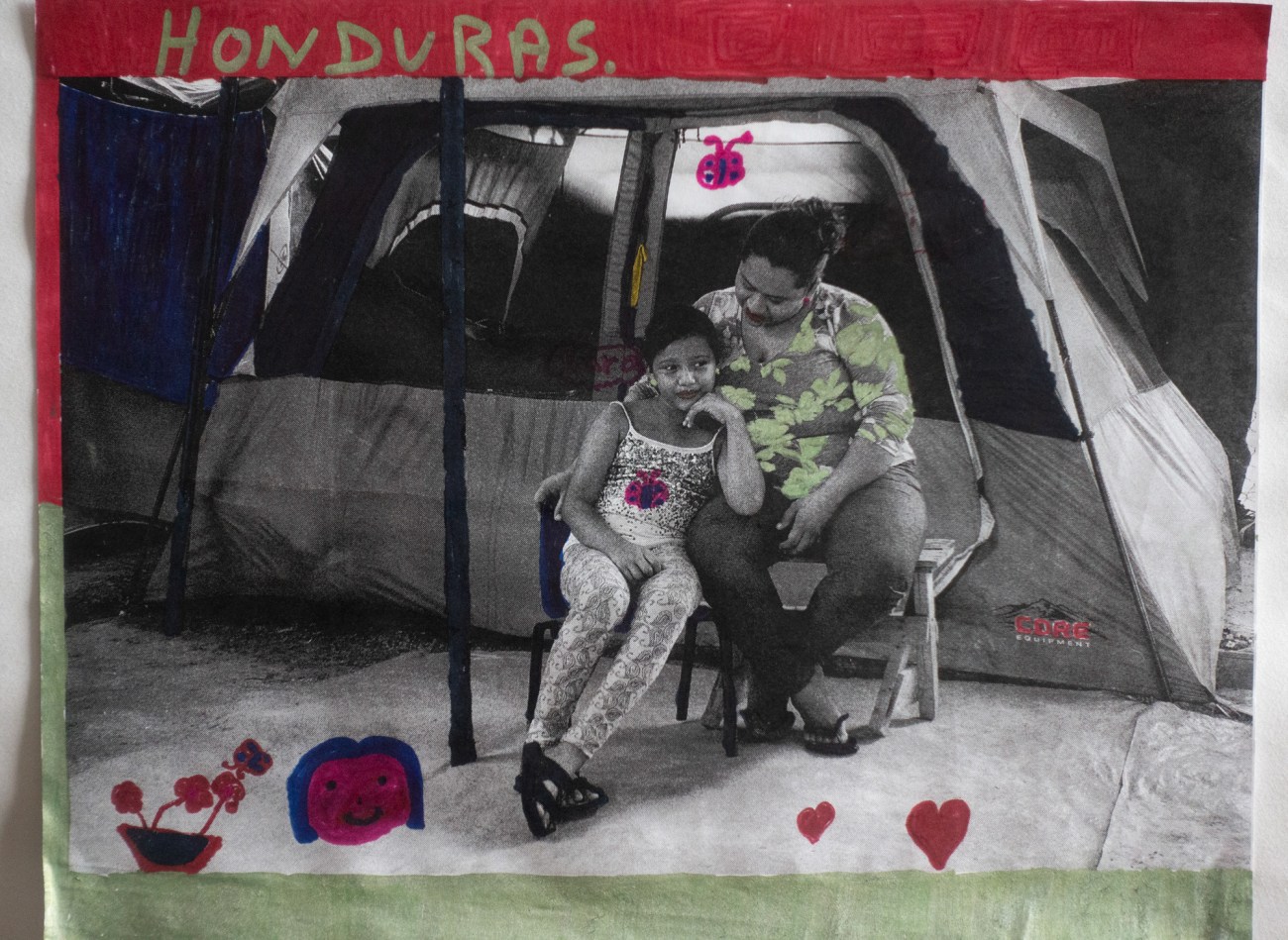

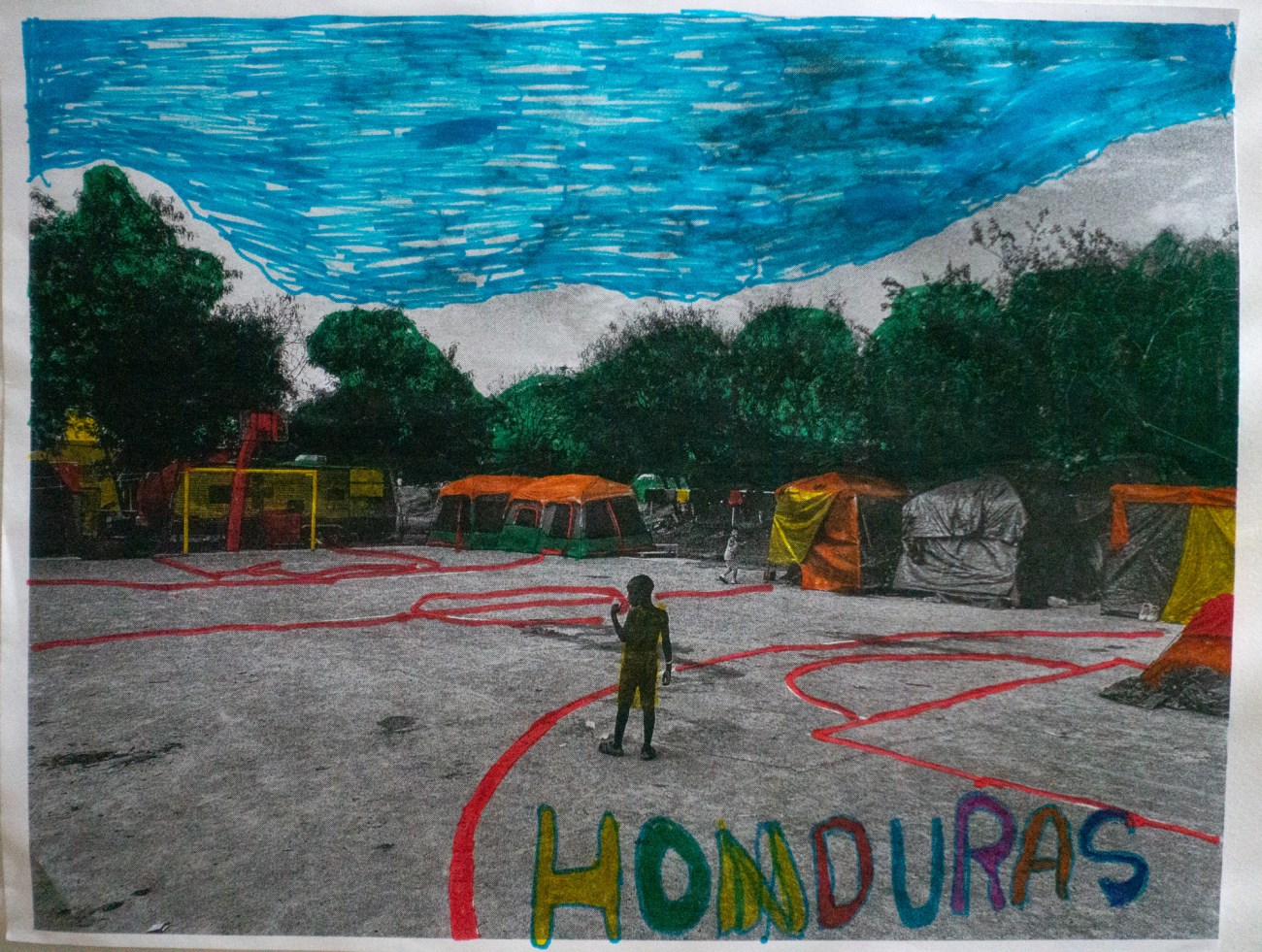
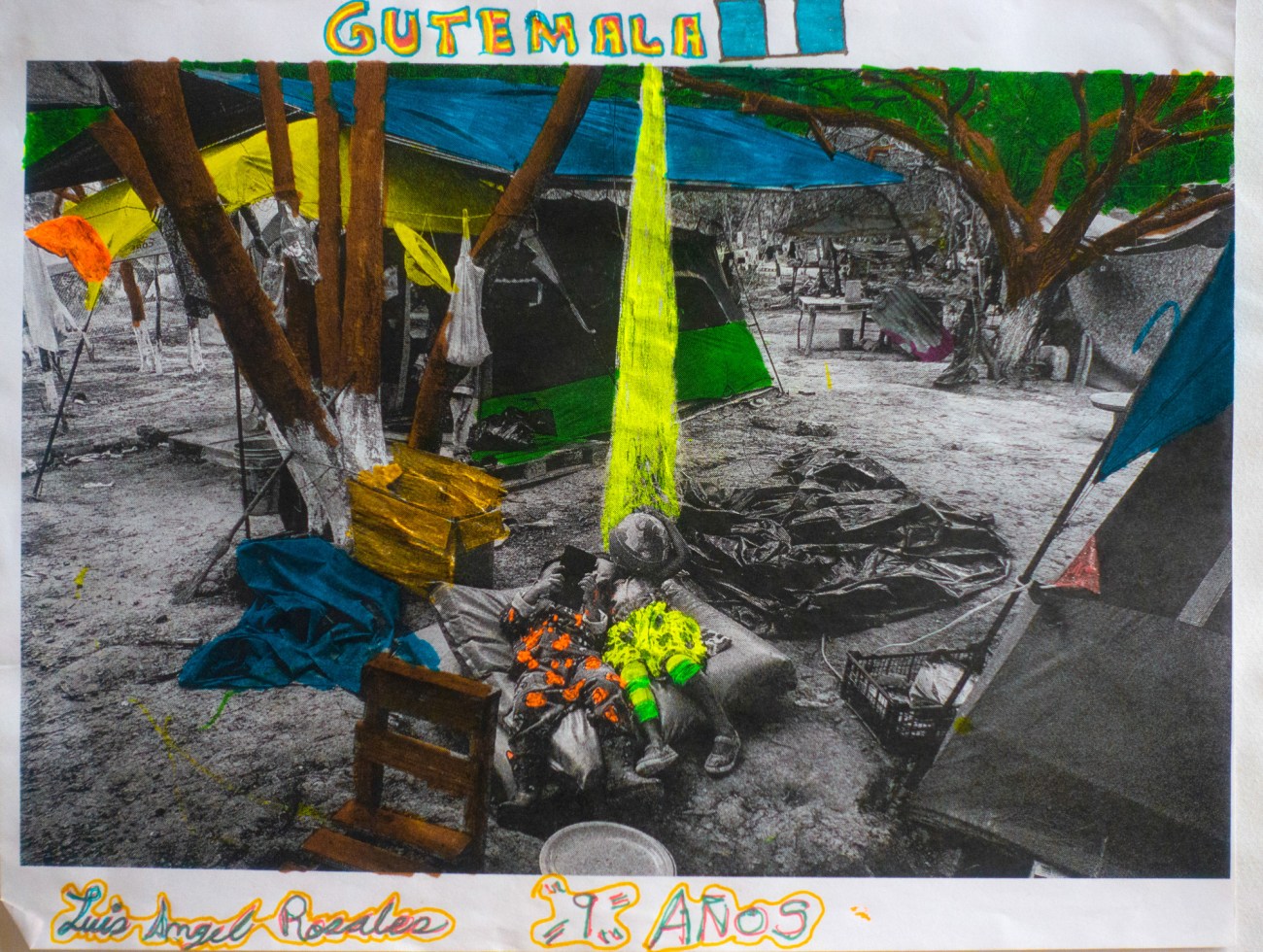
This photo essay is part of “Here to Stay,” a multimedia reporting series on solutions to resettlement of migrants and refugees amid the global migration crisis. Produced by The GroundTruth Project, with support from the MacArthur Foundation, Luce Foundation and Solutions Journalism Network this series of nine stories from eight countries chronicles the trials, resilience and courage of both the native and the newcomer, as well as some of humanity’s most tragic impulses.


